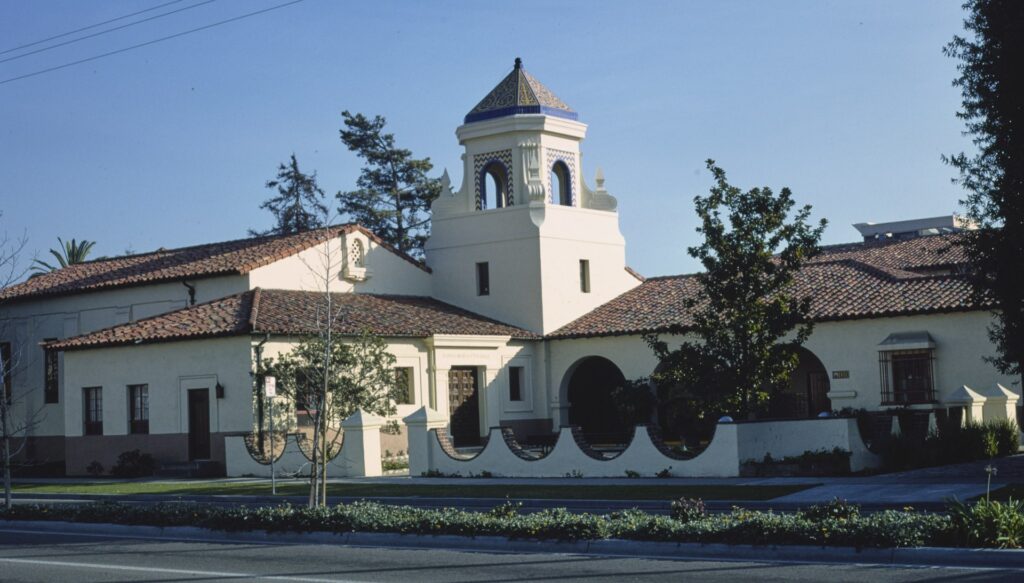
Moving to Santa Maria, California: A Comprehensive Relocation Guide
Considering moving to Santa Maria, California? Located in the heart of California’s Central Coast, Santa Maria offers affordable living, agricultural heritage, and wine country access. This comprehensive relocation guide will provide you with valuable insights into the demographics, economy, and other pertinent information to help you make an informed decision about moving to Santa Maria.
Demographic Profile to Consider If Moving to Santa Maria:
Santa Maria is a city located in northern Santa Barbara County, California, in the heart of the Central Coast. With a population of approximately 107,000 residents, it is the largest city in Santa Barbara County. Santa Maria is known for its agricultural heritage, affordable living compared to coastal communities, diverse population, and location in wine country. The city serves as a regional hub for commerce, agriculture, and services. Santa Maria offers a more affordable Central Coast option while maintaining access to beautiful beaches and wine regions, making it attractive to families and those seeking better value. Find trusted local services for moving, living, and working in Santa Maria.Santa Maria Relocation Directory
Cost of Living to Consider If Moving to Santa Maria:
Before making the move, it’s important to consider the cost of living in Santa Maria. The city offers significantly more affordable housing compared to nearby coastal communities like Santa Barbara, San Luis Obispo, and Pismo Beach, making it accessible to a broader range of residents. While still higher than the national average, Santa Maria provides excellent value for Central Coast living. Many residents, including agricultural workers, military families from nearby Vandenberg Space Force Base, and others seeking coastal access at more reasonable prices, find Santa Maria attractive for its balance of affordability and Central Coast location.
Economy and Job Market:
Santa Maria has a diverse economy with significant strengths in agriculture, aerospace, energy, healthcare, and retail. The surrounding area is one of California’s major agricultural regions producing strawberries, wine grapes, vegetables, and other crops. Agriculture-related businesses and food processing are major employers. Vandenberg Space Force Base is nearby, providing military and aerospace employment. The oil and energy industry has presence in the region. Healthcare is anchored by Marian Regional Medical Center and Dignity Health. The city serves as a regional retail and service hub. The diverse economy provides varied employment opportunities, though wages may be lower than major metropolitan areas. The balance of affordability and employment makes Santa Maria economically accessible.
Education:
Santa Maria is served by multiple school districts including Santa Maria-Bonita School District and Santa Maria Joint Union High School District, operating numerous schools throughout the area. The districts serve diverse student populations. Allan Hancock College provides community college education, career training, and transfer opportunities. California Polytechnic State University, San Luis Obispo is accessible to the north. Educational opportunities continue expanding to meet community needs. The presence of quality educational institutions supports workforce development and student opportunities.
Recreation and Lifestyle:
Santa Maria offers diverse recreational opportunities and Central Coast access. The city is famous for Santa Maria Style BBQ, a regional culinary tradition. The historic downtown area has been revitalizing with shops and restaurants. The city maintains numerous parks and recreational facilities. Residents enjoy proximity to beautiful Central Coast beaches including Pismo Beach and Avila Beach. The surrounding Santa Maria Valley is part of California’s wine country with numerous wineries and tasting rooms. The nearby Santa Ynez Valley offers additional wine tasting. Outdoor recreation includes Oso Flaco Lake, hiking, and beach activities. The city hosts community events celebrating its agricultural and cultural heritage. The location provides access to San Luis Obispo, Santa Barbara, and Central Coast attractions while living in a more affordable community.
Healthcare and Services:
Santa Maria has healthcare services anchored by Marian Regional Medical Center, part of Dignity Health, providing comprehensive care. The area has medical offices, clinics, and specialized care facilities serving the region. Emergency services and medical treatments are available locally. Additional specialized care is accessible in Santa Barbara and San Luis Obispo when needed. The healthcare system serves the broader northern Santa Barbara County region.
Transportation:
The city of Santa Maria is located along Highway 101, the main north-south corridor through California’s Central Coast, positioned between Los Angeles and the Bay Area. Santa Maria Area Transit (SMAT) provides local bus service. The Santa Maria Public Airport offers regional air service with connections to larger hubs. Amtrak’s Pacific Surfliner serves the area with rail service along the coast. The city’s location provides reasonable access to employment and attractions throughout the Central Coast region.
Conclusion:
Moving to Santa Maria, California, offers affordable Central Coast living with agricultural heritage, wine country access, and diverse community. With its reasonable housing costs, growing economy, proximity to beautiful beaches, wine region location, and balance of affordability with Central Coast amenities, Santa Maria is an attractive destination for individuals and families seeking value and opportunity on California’s Central Coast.

